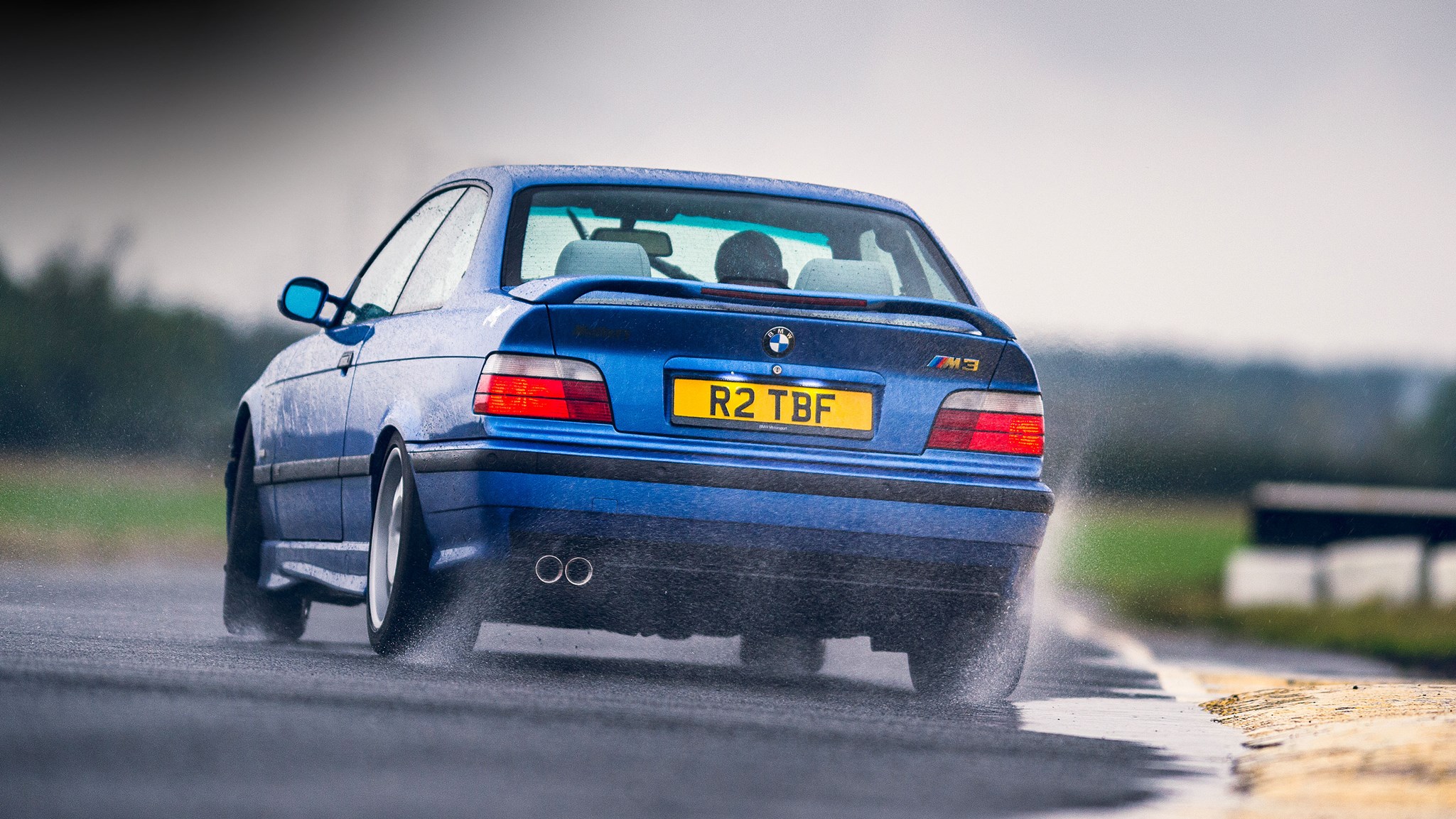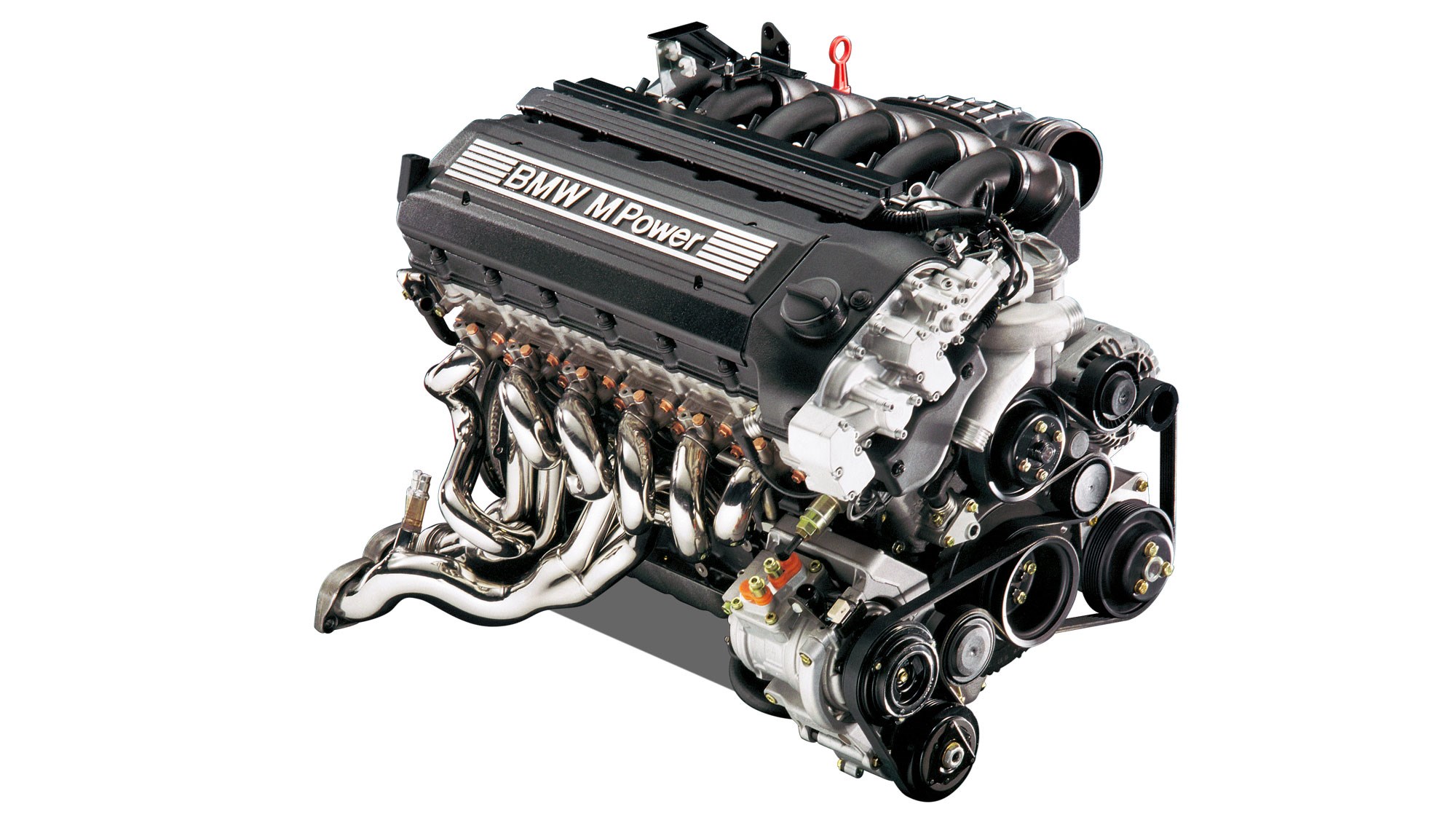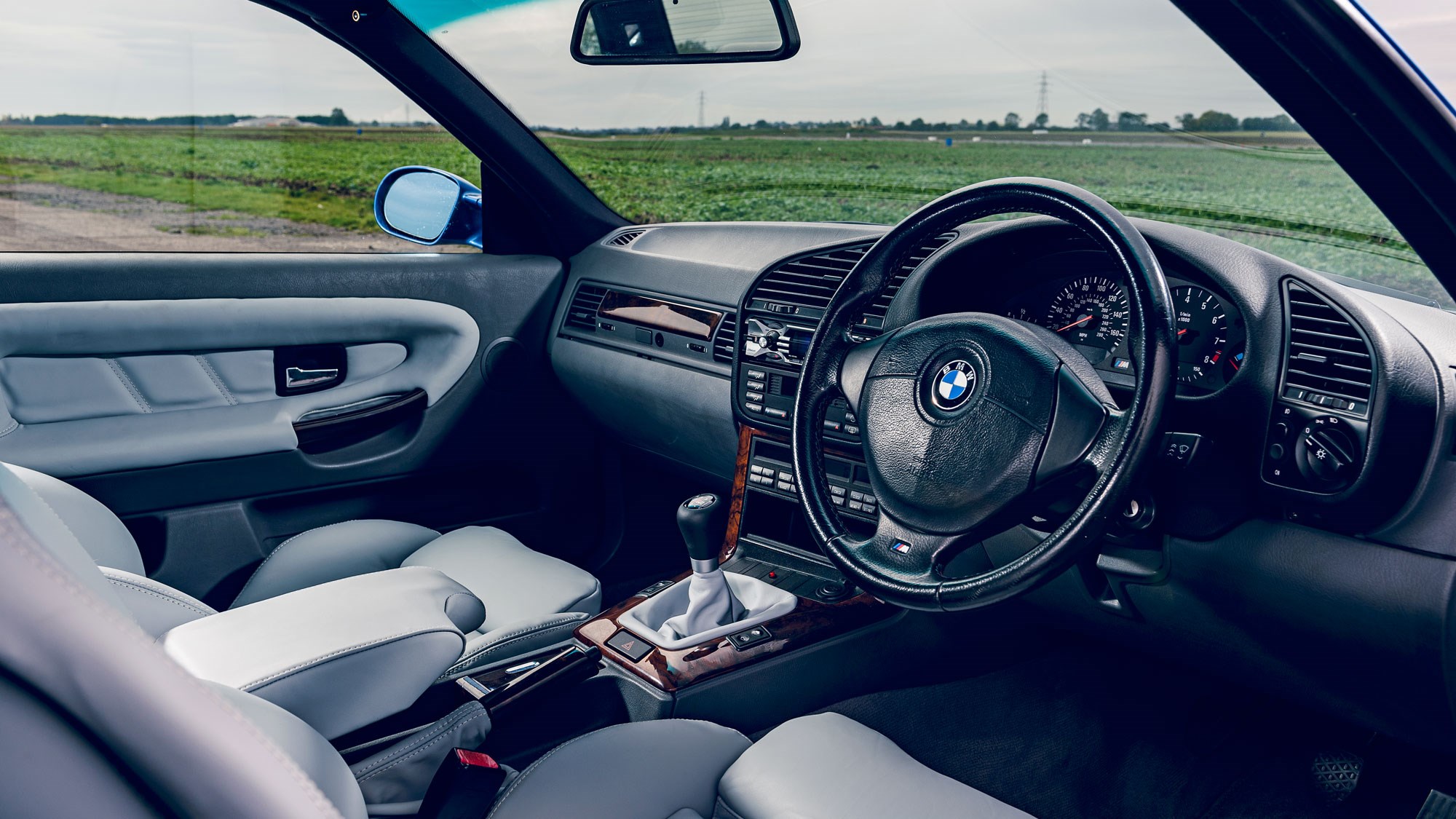► BMW M3 E36 revisted
► A depressing follow-up…
► Or an often oveerlooked, modern classic
On the face of it the second- generation of M3 follows a familiar and depressing pattern. The super-specialised original was born of motorsport but with Group A gone and no homologation requirements to worry about the replacement could instead be shaped by considerations such as ‘market forces’ and ‘sales projections’ and ‘profit margins’.
All highly sensible and necessary for BMW’s long-term success but somehow an M3 created in a plush boardroom seems less cool than one magicked out of loopholes in a set of FIA regulations. Unsurprisingly, the E36 generation car, launched in 1992, has a much broader remit than the track-focused original. Bigger, heavier, more luxurious… Zzzzzz.
But hold on a second. While it’s true that the E36 is bigger (don’t blame M, it can only work with what it’s given) and doesn’t have the pure motorsport pedigree, it counters with a simply stunning six-cylinder engine, a broader operating range and, because over 70,000 were produced, you can still buy one for sensible money.

They even made a saloon version if you want to buy a really sensible car. Just don’t bother with the convertible and we’d suggest avoiding the slow-witted SMG gearbox, too.
Ah yes, the S50B30 and later S50B32 fitted to the M3 Evo from late 1995. What an engine! At launch the 2990cc motor with its trick VANOS variable camshaft adjustment produced 286bhp at 7000rpm and featured response and a soundtrack that would shame most supercars.
Like the E30’s little four-cylinder, it featured a cast iron block, aluminium four-valve heads, individual throttle bodies for each cylinder and a high compression ratio of 10.6:1. The S50B32 is even more trick and features double VANOS, lighter pistons, graphite-coated conrods, larger inlet valves and a new Siemens MSS50 engine management system.
The compression ratio went up to 11.3:1 and the engine broke the magic 100bhp-per-litre for a total of 321bhp at 7400rpm. Honestly, you’d need to be a real E30 zealot to choose the rabid little S14 over the sophisticated savagery of the S50. It’s a superstar.

Which isn’t to say the rest of the car is bad. In fact, Adam Mintern and Emily Paginton’s Estoril blue M3 Evo, registered on 1 May 1998 and found for them by Astbury Motorworks, drives really, really sweetly.
The biggest surprise isn’t that it doesn’t really seem dumbed-down at all. The ride is pretty supple thanks to the long wheelbase, but body control is a step on from the E30 and the quicker steering, strong traction and more locked-down feel gives a sharper, more immediate feel to the bigger, heavier E36. There’s a measured feel to everything this M3 does, but just beneath the slightly damped reactions there’s a steely control.
Boy does it carry speed, too. Like the E30 it has incredibly dependable traction and that wonderful engine is linked up to an extremely long travel throttle pedal – a trick TVR later borrowed in lieu of traction control! Together this ensures you never really think about the car pitching into oversteer and certainly I can imagine people actually craving a little more adjustability.

The diff locks-up lazily and there isn’t quite the precise link between your right foot and the behaviour of the car that is usually so central to the M experience. However, instead of playing the hooligan there’s plenty of satisfaction to be had from unleashing the engine with accuracy and real freedom and snicking up and down the six-speed ‘box (non-Evos had a five-speeder). The noise and response really is from the gods.
The weakest link dynamically has to be the brakes. BMW might have boasted about its floating setup back when the E36 was new, but they simply fade away too quickly and never inspire the confidence you crave. It’s such a shame because the chassis is so adept at deploying all that lovely, fizzy top-end power, the six-speed transmission is fast and accurate and the car’s lovely mixture of deliberate, unhurried composure and a doggedly neutral balance really deserves better.
Perhaps there isn’t quite the lightweight, honed feeling of an E30 when it’s fully lit in its more rounded successor, but it’s a fine, analogue driver’s car with a sparkling, howling engine. The E36 is no longer the forgotten M3.